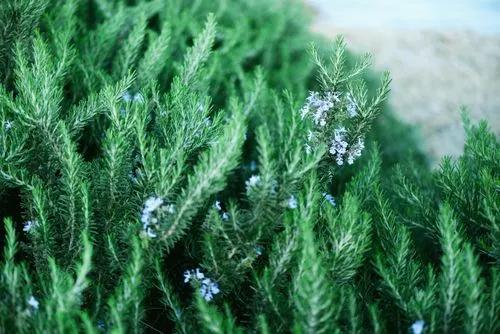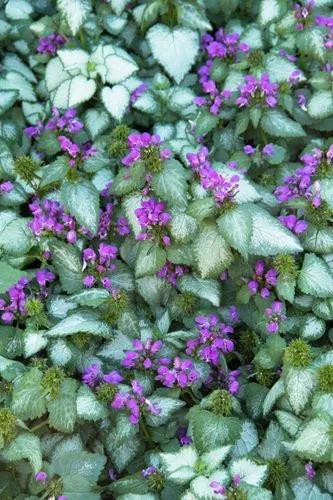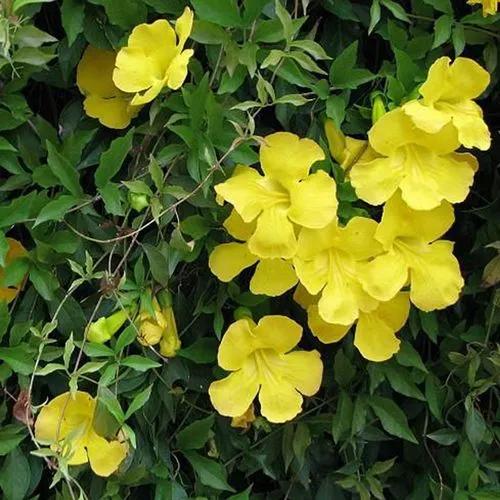The Fringed Willowherb, scientifically known as Epilobium ciliatum, is quite a versatile wildflower, and there's more to it than just its pretty looks. Let's take a closer look at this resilient plant and learn how to cultivate it in your outdoor oasis.
Fringed Willowherb Care
Epilobium ciliatum



Fringed Willowherb is a graceful perennial herb that can stand tall at heights ranging from 1 to 3 feet (30-90 cm). Its bright green, lance-shaped leaves are finely toothed, adding a touch of elegance. But the real showstopper is its vibrant flowers, which boast fringed, magenta-pink petals with a sunny yellow center, its main identification feature. It's not just a visual treat; these blossoms are a magnet for pollinators.
How to Care for the Plant

Container

The plant can be grown in container nurseries and in pots outdoors or on balconies. Opt for a pot with good drainage with a diameter of around 5 inches (12.5 cm).

Fun fact

Fringed Willowherb quickly establishes itself in disturbed areas, aiding soil stabilization. Some indigenous cultures have utilized its young leaves for food and employed them in traditional herbal remedies for digestive and skin issues, although such practices are less common today.

Popularity

1,678 people already have this plant 112 people have added this plant to their wishlists
Discover more plants with the list below
Popular articles






